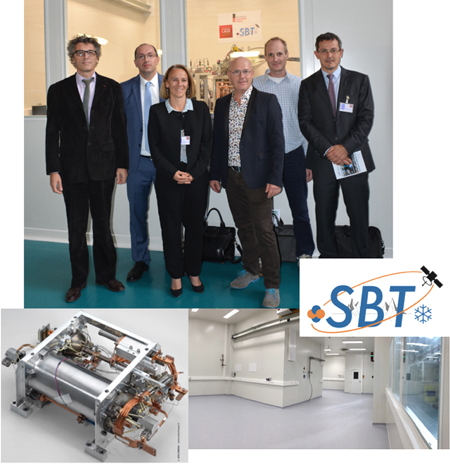We have established ourself over time as a reference in the space cryogenics community. In particular, he participated in the Herschel mission, the largest telescope ever in orbit, and developed gas-tube type chillers for future Earth observation programs such as the next generation of Meteosat 3G weather satellites.
The SBT and Irfu are now involved in the development of Athena (Advanced Telescope for High-ENergy Astrophysics), the future European space observatory in the field of X-rays. Athena will observe the major structures of the Universe and the Supermassive black holes with unsurpassed resolution and sensitivity. Its launch is scheduled today in 2029.
The same DRF teams are also involved in the supply of the Spica-Safari instrument (SpicA FAR infrared Instrument), a Fourier transform infrared spectrometer. Space (SPace Infrared Telescope for Cosmology and Astrophysics) is a medium and far infrared space telescope project, proposed by the Japanese Space Agency, with significant participation of the European Space Agency. He will study the formation and evolution of planetary systems, the life cycle of interstellar dust, and the formation and evolution of galaxies. Its launch could take place in 2027.
For these two instruments, the sensors cooled to a temperature of 50 millikelvins without recourse to a cryogenic liquid will have to reach an unequaled sensitivity.
The integration room houses a prototype cryogenic chain, composed exclusively of elements satisfying the spatial constraints. It will demonstrate the cooling of detectors from 300 K to 50 mK, then the compatibility of their specifications with the targeted sensitivity.

Inauguration of the integration room for space cryogenics.
From left to right, Vincent Berger, Yves Samson, Fabienne Serenne, Lionel Duband, Olivier Pin